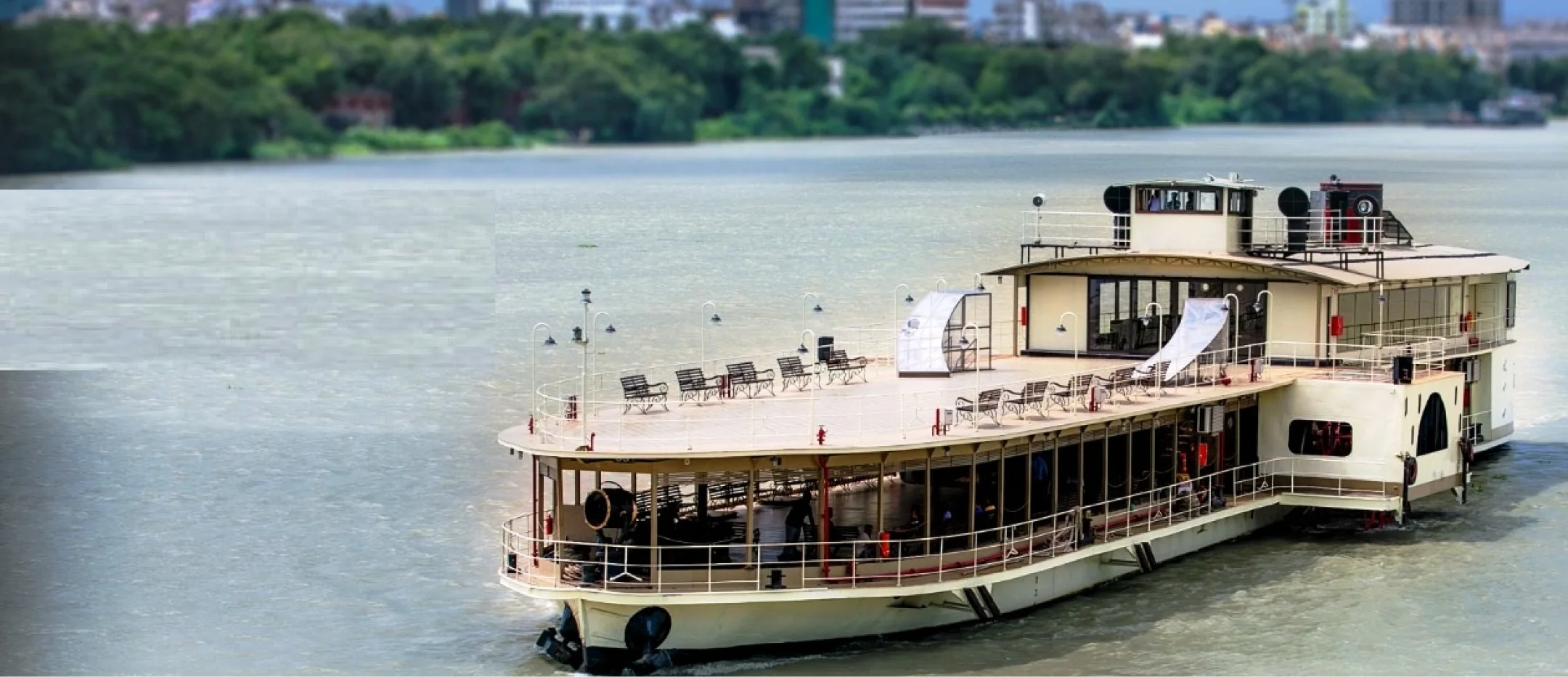India’s oldest and most historically significant port is in Kolkata. In the early 16th century, Portuguese colonizers first used the current location of the port to anchor their ships. They found the upper reaches of the Hooghly River, beyond the city of Kolkata, unsafe for navigation. However, the foundation of the current port dates back much further to when the Mughal Emperor Aurangzeb granted trading privileges to the British Settlements in the Eastern parts of India; the port and the city of Kolkata worked in harmony. With the creation of a Port Commission in 1870, the British gained administrative control over the port’s operations. The original purpose of the Kolkata Port was to safeguard and further British colonial interests, but the Port was used to support the nationalist struggle during the Indian independence movement.
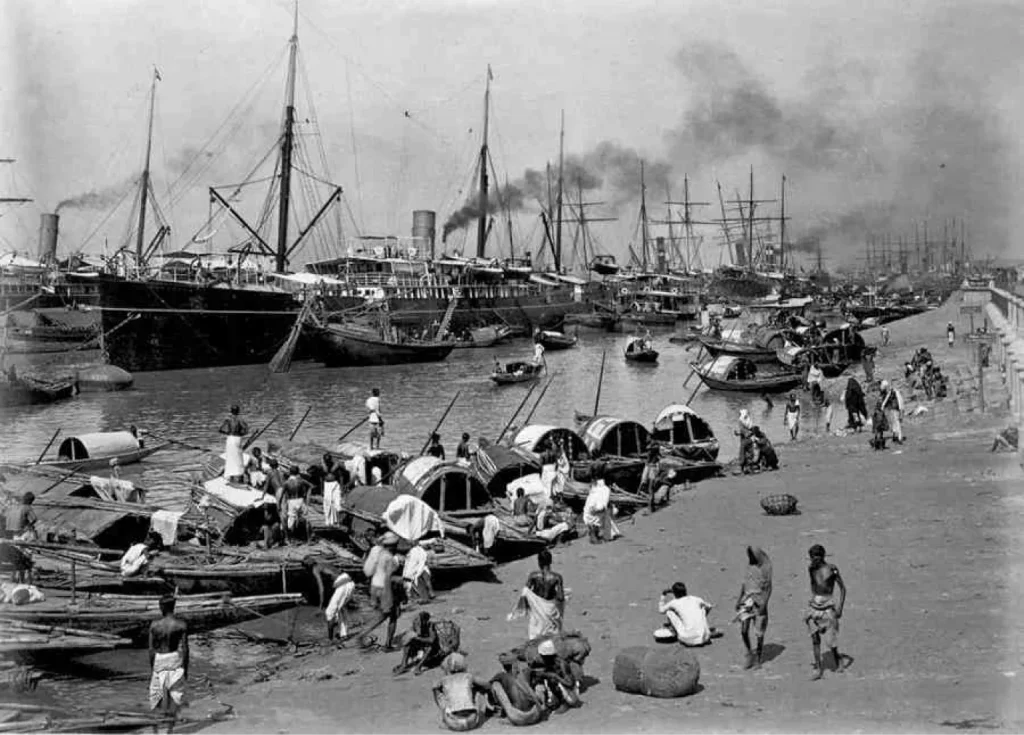
“India’s oldest and most historically significant port is in Kolkata.”
“The Port of Kolkata is the only riverine major port in India, which is 232 kilometres upstream from the Sandheads and has one of the world’s longest navigational channels”
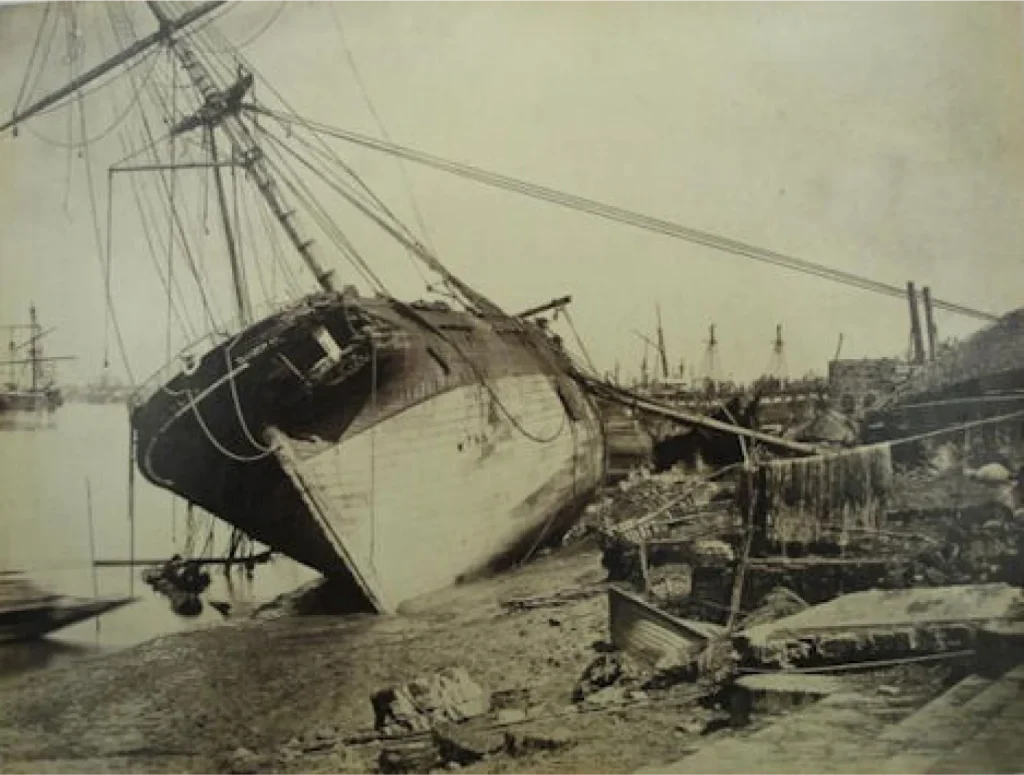
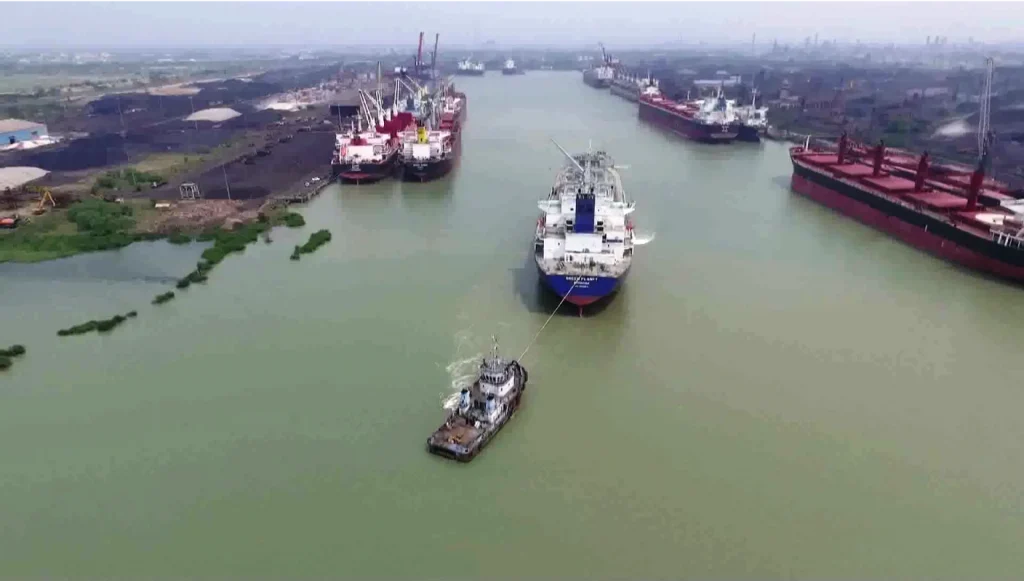
“The Kolkata Port Trust is still one of India’s most innovative and promising ports”
“The port was renamed Shyama Prasad Mookerjee Port in 2020 in honour of its namesake who was a prominent lawyer, educationist, and minister in independent India, hailing from Kolkata.”
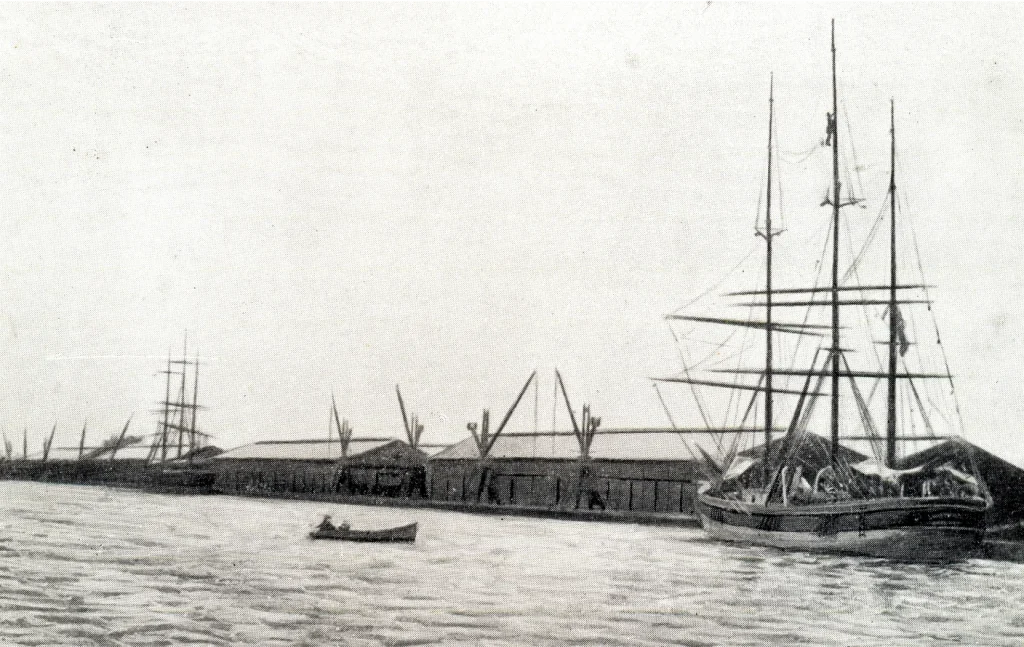
The port was renamed Shyama Prasad Mookerjee Port in 2020 in honour of Mookerjee who was a prominent lawyer, educationist, and minister in independent India, hailing from Kolkata. The Shyama Prasad Mukherjee Port continues to contribute significantly to the economic growth of Kolkata and the eastern region of India. It plays a vital role in facilitating trade, generating employment, and boosting industrial and commercial activities. The port’s strategic location on the Hooghly River positions it as a key maritime gateway for the region, ensuring seamless connectivity with the global market (KOPT, 2014) (Indian Express, 2020).
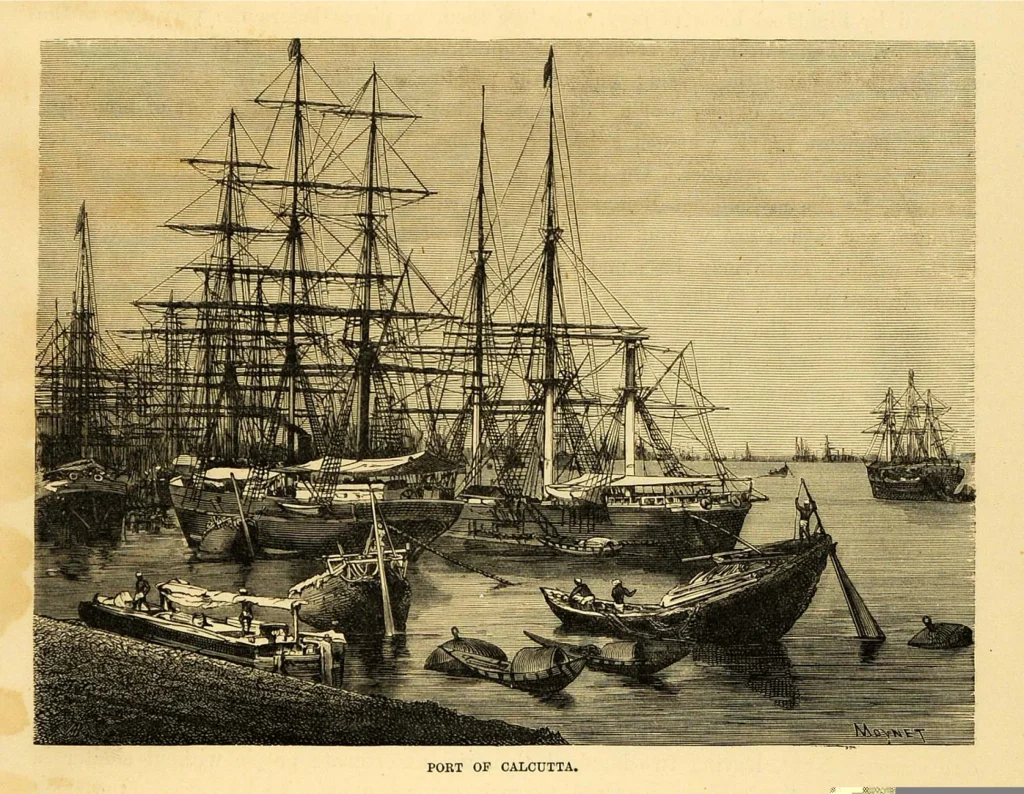
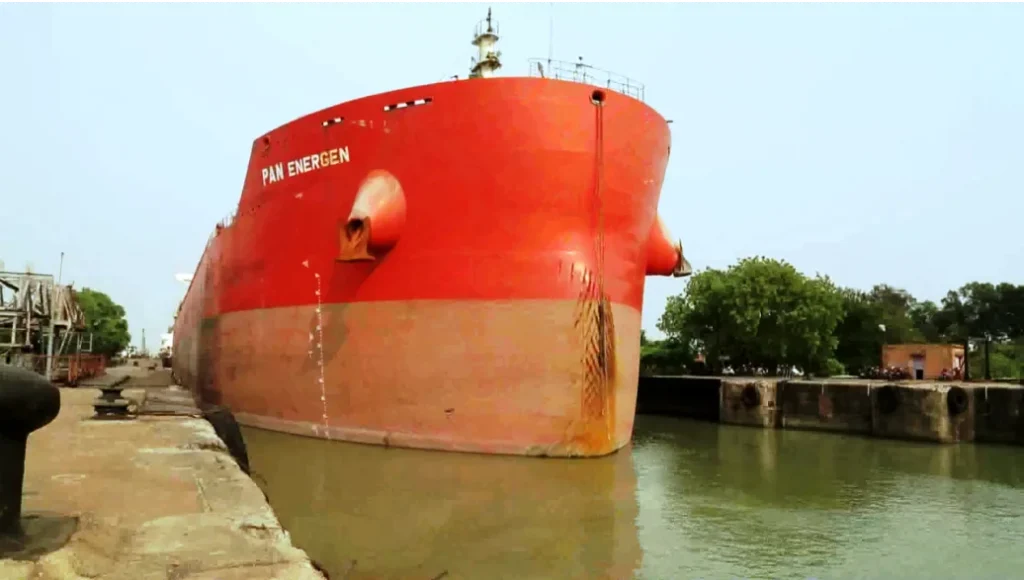

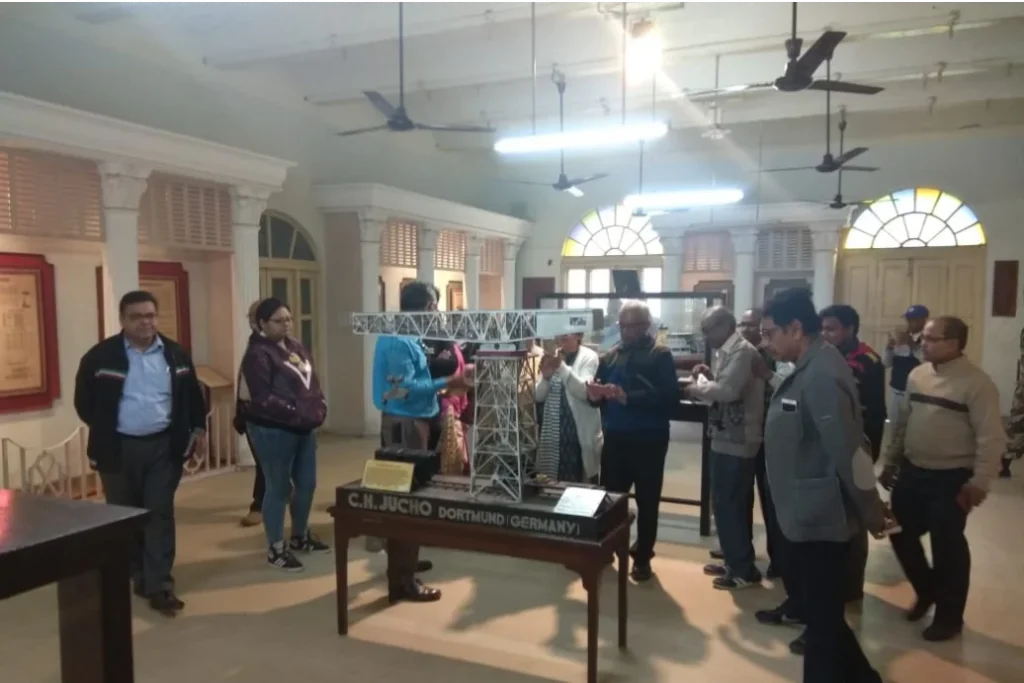
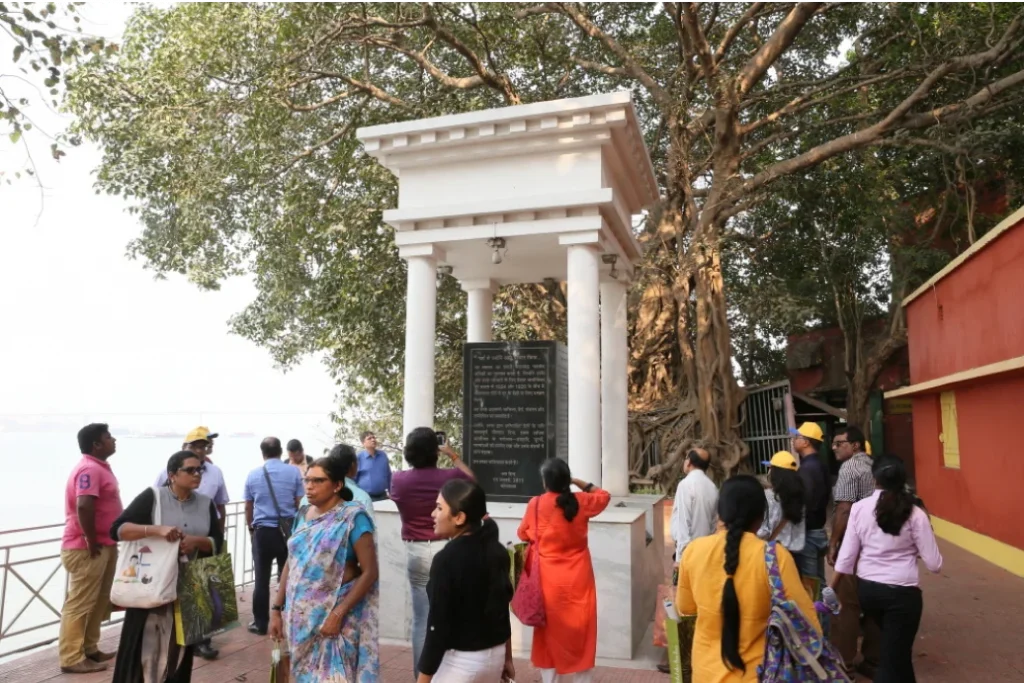
References
- Indian Express. (2020). The significance of the Kolkata port, renamed by PM Modi. Retrieved from Explained: The significance of the Kolkata port, renamed by PM Modi Article
- KOPT. (2014). Brief History of KoPT. Retrieved from Brief History of KoPT article

